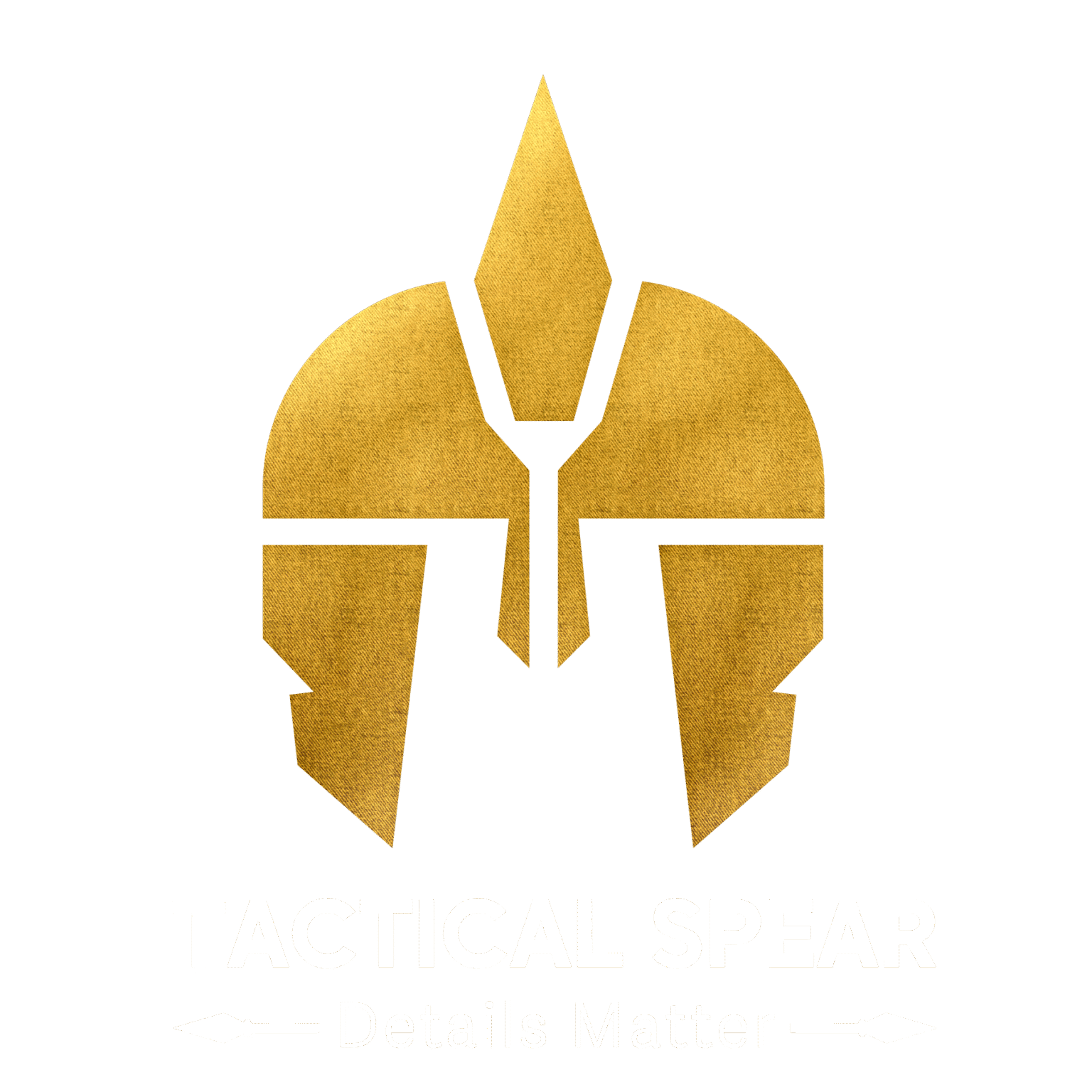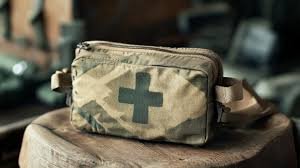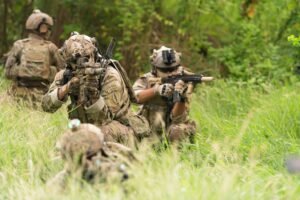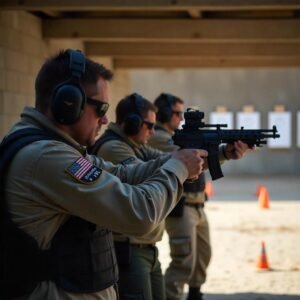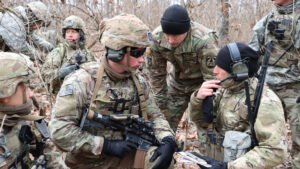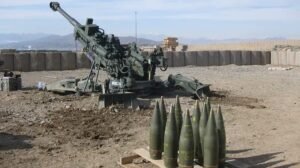Comprehensive guide for trained operators on assembling and deploying Individual First Aid Kits (IFAKs) optimized for battlefield trauma care and prolonged field medical support.
This guide is designed for highly trained personnel proficient in emergency medical procedures under battlefield or high-risk conditions. This is not a guide for civilians or those with only basic first aid training.
If you’re not certified to perform advanced interventions, do not attempt them. Stick to your capability threshold—and adjust your gear loadout accordingly.
Purpose of the IFAK (Individual First Aid Kit)
The mission of the IFAK is to enable effective point-of-injury care based on the PAWS-MARCH treatment algorithm.
The IFAK is a critical part of the logistical survival chain, especially in denied, remote, or hostile environments where resupply or medevac is delayed or impossible.
The Combat Medic’s success heavily relies on the quality and content of the IFAKs carried by teammates.
The better equipped each operator is, the more capable the team’s medic becomes.
Modern IFAK Reality: Tactical Misconceptions
Current trends—largely influenced by media and civilian minimalist culture—push for smaller, low-profile IFAKs that often only cover bleeding control (e.g., MAR portion of MARCH).
That might be enough in urban policing or basic trauma, but it is insufficient in full-spectrum combat.
Dual-Phase IFAK Approach: Tactical Medical Loadout Philosophy
To effectively cover the full PAWS-MARCH sequence, we recommend the Dual IFAK Approach:
Each operator carries two distinct kits, optimized for personal and buddy/team use.
- Self-Aid IFAK (Personal Kit)
- Carried on belt, vest, or chest rig
- Small, compact, rapid access
- Enables self-application of:
- Tourniquets (TQ)
- Pressure dressings
- Hemostatic agents
- Signal/marking tools (for rescue or triage)
- May assist in early buddy aid (if stable)
- Buddy-Aid IFAK (Enhanced Kit)
- Carried on the back or sides (not always accessible without assistance)
- Designed to support:
- Field Tactical Care phase
- Casualty stabilization
- Delayed evacuation situations
- Acts as a baseline loadout for medics and teammates providing care to others
- Forms the foundation for team-wide trauma response
Enhanced IFAK = Enhanced Unit Capability
Equipping every team member with a Buddy-Aid IFAK provides the unit with:
- Extended treatment duration
- Higher survivability during prolonged field care
- Better logistical coverage
- Lighter load for the team medic
More gear distributed across the team = More advanced gear carried by the medic
This allows medics to focus their pack space on:
- Advanced diagnostics
- IV/IO kits
- Chest decompression
- Airway management tools
- Blood transfusion kits (if qualified)
Skill Dictates Loadout
Gear must match the user’s certified skill level.
Don’t carry gear you’re not trained or authorized to use.
Example: If you’re not qualified for field transfusions—don’t carry blood transfusion tools. It’s dead weight and adds unnecessary clutter.
Medical gear is not decorative. It is life-critical.
Summary: Tactical Medical Efficiency
- Dual IFAK system = Maximum flexibility + reduced medic burden
- Tailor your personal and buddy-aid kits to the PAWS-MARCH framework
- Stay within your certified training lane
- Gear should empower, not hinder, performance
- Train hard. Equip smart. Survive and stabilize.
